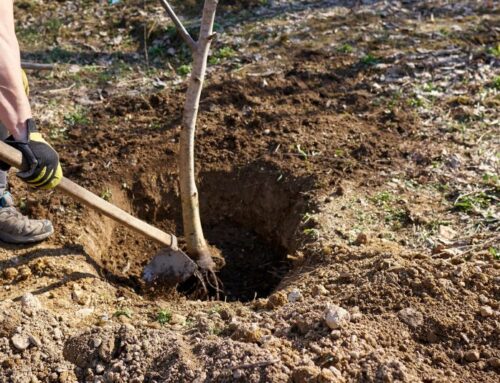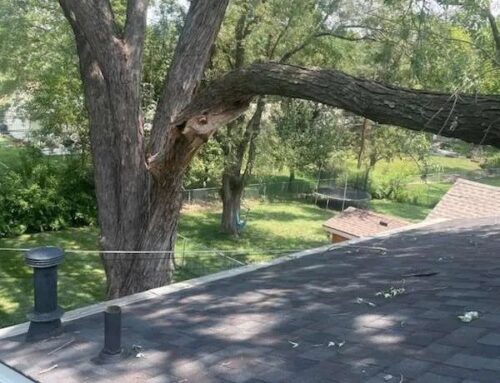Deer are beautiful creatures, often admired for their grace and elegance. However, they can also be a nuisance to gardeners and homeowners. When deer enter your property, they can cause considerable damage to trees and shrubs, leading to costly repairs and replacements. Find out the ways deer damage your landscape, the safety issues they pose, and practical methods to protect your trees from these hungry visitors!
How Do Deer Damage Your Landscape?
Deer are herbivores with a voracious appetite, especially during the winter months when food is scarce. They can cause damage to your landscape in several ways:
- Browsing: Deer feed on the leaves, twigs, and buds of trees and shrubs. This can stunt the growth of young plants and even kill them if the browsing is severe.
- Rubbing: Male deer, or bucks, rub their antlers against tree trunks to mark their territory and remove the velvet from their antlers. This rubbing can strip the bark off trees, causing severe damage or even killing the tree.
- Trampling: Deer can trample over garden beds and young plants, causing physical damage to the vegetation and compacting the soil, which can hinder plant growth.
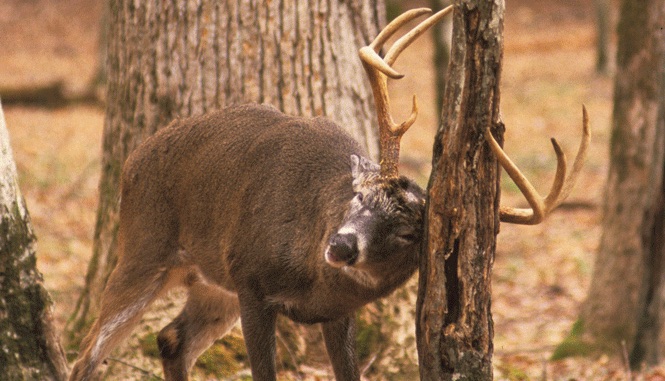
What are the safety issues related to deer?
- Traffic Hazards: Deer frequently cross roads, leading to accidents that can result in vehicle damage and personal injury.
- Ticks and Lyme Disease: Deer are carriers of ticks that can transmit Lyme disease to humans and pets.
- Aggressive Behavior: While rare, deer can become aggressive, particularly during mating season or when they feel threatened. This can pose a danger to humans and pets.
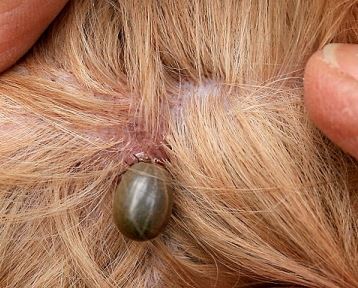
How to Protect Trees From Deer?
- Fencing: One of the most reliable ways to keep deer out of your garden is to install a fence. The fence should be at least 8 feet tall, as deer are excellent jumpers. For added security, consider a double fence or an electric fence.
- Tree Guards: Use tree guards or wraps around the trunks of young trees to prevent deer from rubbing their antlers against them. Remember to switch out the tree wrap every few months to prevent excess moisture and insect infestations.
- Repellents: There are various deer repellents available that can be sprayed on trees and shrubs. These products emit odors or tastes that deer find unpleasant, discouraging them from feeding on your plants.
- Netting: For smaller plants or individual trees, consider using netting to create a physical barrier. This can be particularly useful for protecting young trees or delicate shrubs.
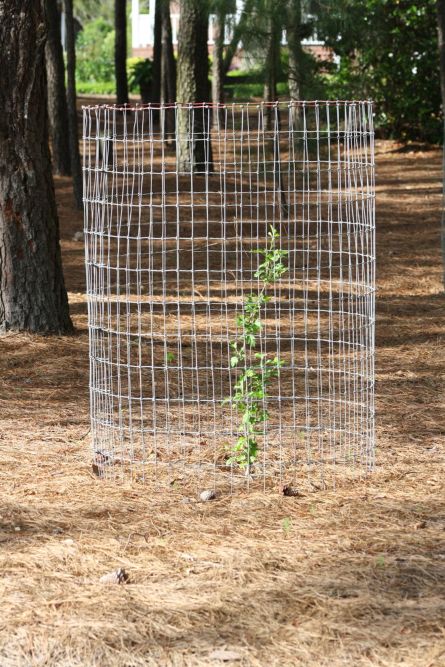
What Can I Spray on My Trees to Keep Deer Away?
Spraying repellents on your trees can help to deter deer. There are commercially available repellents and also homemade solutions.
- Commercial Repellents: These products are specifically designed to repel deer and often contain ingredients like putrescent egg solids, garlic, or capsaicin. They work by emitting odors that deer find offensive or by making the plants taste bad.
- Homemade Solutions: You can create your own deer repellent using common household items. A popular recipe involves mixing eggs, water, and a few drops of dish soap. This mixture can be sprayed directly onto the foliage of your plants.
Deer can become accustomed to a particular repellent over time, so it’s a good idea to rotate different products to maintain their effectiveness. Also apply regularly, especially after rain, to ensure the repellents continue to protect your trees.
Which Shrub & Tree Species Do Deer Like to Eat?
Deer have preferences when it comes to their diet. Some of their favorite trees and shrubs to munch on are:
- Fruit Trees: Apple, pear, and cherry trees are highly attractive to deer, both for their fruit and tender shoots.
- Evergreens: Arborvitae, yew, and hemlock are commonly browsed by deer, especially during winter when other food sources are scarce.
- Deciduous Shrubs: Azaleas, rhododendrons, and hydrangeas are also favorites among deer due to their tender leaves and flowers.
How Do I Keep Deer From Eating My Trees?
In addition to the methods mentioned earlier, here are some more strategies to keep deer from eating your trees:
- Plant Deer-Resistant Species: Opt for plants that deer are less likely to eat. Some examples include boxwood, barberry, and ornamental grasses.
- Use Motion-Activated Deterrents: Install motion-activated lights, sprinklers, or noise makers. These devices can startle deer and discourage them from entering your garden.
- Create Physical Barriers: Surround your most vulnerable plants with thorny or prickly plants like holly or berberis. Deer are less likely to push through these barriers to reach their desired food.
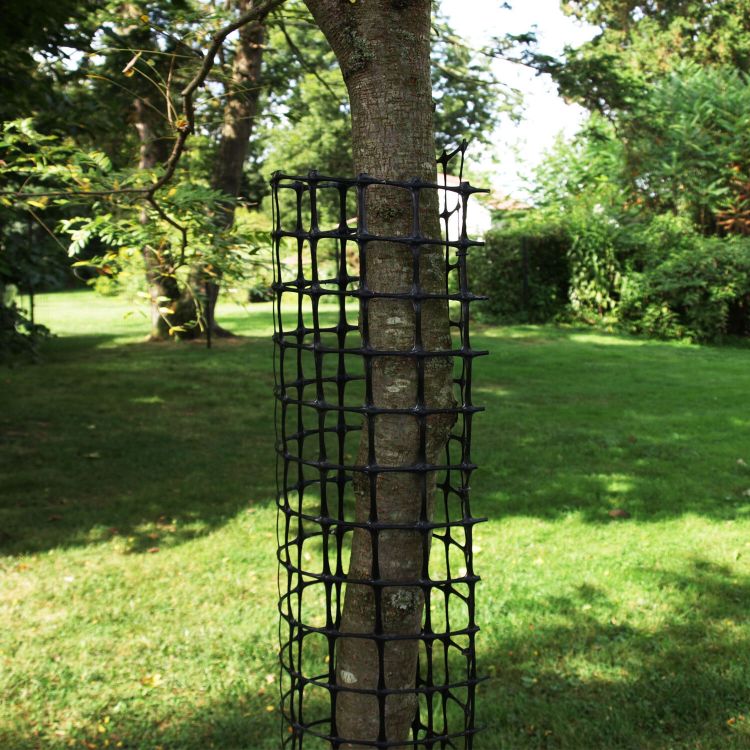
More Ways to Protect Trees From Deer
Here are several additional methods you can use to protect your trees from deer:
- Scare Tactics: Use visual and auditory scare devices such as reflective tape, wind chimes, or scarecrows. Change their position frequently to prevent deer from getting used to them.
- Plant Diversions: Create a separate area with plants that deer love, drawing them away from your more valuable trees and shrubs.
- Regular Monitoring: Keep an eye on your garden and look for signs of deer activity. Early intervention can prevent significant damage.
Stay vigilant and use this variety of tactics to protect your trees and enjoy a beautiful, deer-free garden. However, if the damage is already done, removing and replacing your trees may be time. With our help, your yard will be healthy and beautiful in every season.


